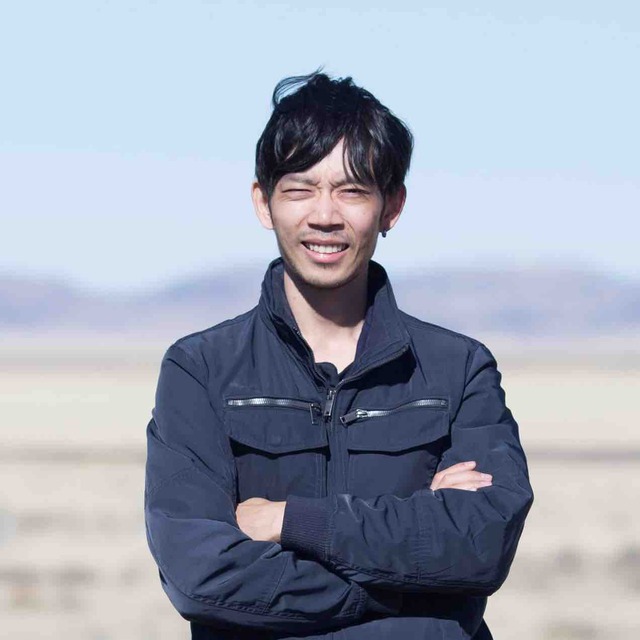December
2022
•
2022ApJ...940L..53V
Authors
•
Vanzella, E.
•
Castellano, M.
•
Bergamini, P.
•
Treu, T.
•
Mercurio, A.
•
Scarlata, C.
•
Rosati, P.
•
Grillo, C.
•
Acebron, A.
•
Caminha, G. B.
•
Nonino, M.
•
Nanayakkara, T.
•
Roberts-Borsani, G.
•
Bradac, M.
•
Wang, X.
•
Brammer, G.
•
Strait, V.
•
Vulcani, B.
•
Meštrić, U.
•
Meneghetti, M.
•
Calura, F.
•
Henry, Alaina
•
Zanella, A.
•
Trenti, M.
•
Boyett, K.
•
Morishita, T.
•
Calabrò, A.
•
Glazebrook, K.
•
Marchesini, D.
•
Birrer, S.
•
Yang, L.
•
Jones, T.
Abstract
•
We investigate the blue and optical rest-frame sizes (λ ≃ 2300-4000 Å) of three compact star-forming regions in a galaxy at z = 4 strongly lensed (×30, ×45, and ×100) by the Hubble Frontier Field galaxy cluster A2744 using GLASS-ERS James Webb Space Telescope (JWST)/NIRISS imaging at 1.15 μm, 1.50 μm, and 2.0 μm with a point-spread function ≲0.″1. In particular, the Balmer break is probed in detail for all multiply imaged sources of the system. With ages of a few tens of Myr, stellar masses in the range (0.7-4.0) ×106 M ⊙ and optical/ultraviolet effective radii spanning the interval 3 < R eff < 20 pc, such objects are currently the highest-redshift (spectroscopically confirmed) gravitationally bound young massive star clusters (YMCs), with stellar mass surface densities resembling those of local globular clusters. Optical (4000 Å, JWST-based) and ultraviolet (1600 Å, Hubble Space Telescope-based) sizes are fully compatible. The contribution to the ultraviolet underlying continuum emission (1600 Å) is ~30%, which decreases by a factor of 2 in the optical for two of the YMCs (~4000 Å rest-frame), reflecting the young ages (<30 Myr) inferred from the spectral energy distribution fitting and supported by the presence of high-ionization lines secured with the Very Large Telescope/MUSE. Such bursty forming regions enhance the specific star formation rate of the galaxy, which is ≃10 Gyr-1. This galaxy would be among the extreme analogs observed in the local universe having a high star formation rate surface density and a high occurrence of massive stellar clusters in formation. *Based on observations collected with JWST under the ERS program 1324 (PI T. Treu).
Links




